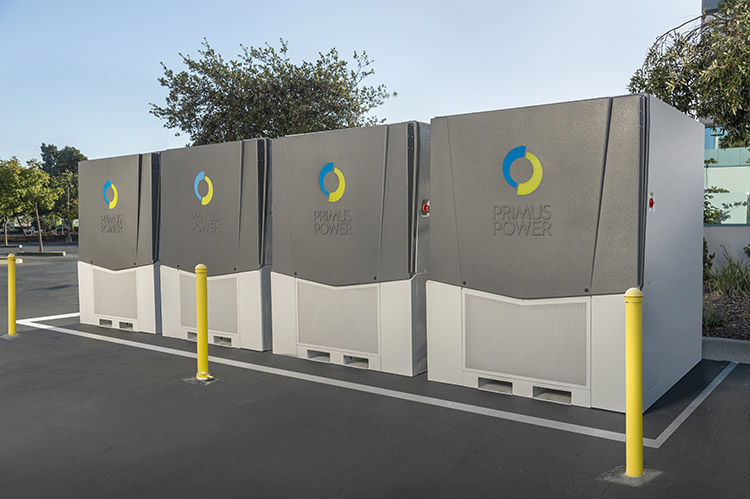A lithium-ion battery that cost $1,183 in 2010 cost just $137 in 2020, the age of competitive big battery storage has arrived, according to Eric Gimon, a policy adviser for the think tank Energy Innovation. Speaking of two large battery projects, one in California and one in Florida, he told Inside Clean Energy :
“I feel like we have crossed a threshold. That’s important, a signpost that we’re moving into a new era.”
Here is more from Yale Environment 360 published at the Yale School of the Environment
The twin smokestacks of the Moss Landing Power Plant tower over Monterey Bay. Visible for miles along this picturesque stretch of the Northern California coast, the 500-foot-tall pillars crown what was once California’s largest electric power station — a behemoth natural gas-fired generator. Today, as California steadily moves to decarbonize its economy, those stacks are idle and the plant is largely mothballed. Instead, the site is about to begin a new life as the world’s largest battery, storing excess energy when solar panels and wind farms are producing electricity and feeding it back into the grid when they’re not.
It adds the two large batteries which will go online this year:
will be able to discharge enough electricity to power roughly 300,000 California homes for four hours during evenings, heatwaves, and other times when energy demand outstrips supply, according to project developer Vistra Energy.
Plus a recent report concludes:
most fossil fuel power plants in the U.S. will reach the end of their working life by 2035, experts say that the time for rapid growth in industrial-scale energy storage is at hand.
And:
Batteries are beginning to reach a size that enables renewables to replace medium-sized natural gas generators.
“That’s mainly because they are forced to cycle on and off much more now because of solar penetration,” says Yiyi Zhou, a renewable power systems specialist with Bloomberg NEF. “This adds wear-and-tear, and shortens their lifetime.”
